
With VCs ready to dump $10 billion into AI startups in the coming year, it’s clear that this work is taking the world by storm. With the help of AI and data visualization, every single industry is seeing a growth of the ways they collect information and use it. The future impact of AI will change how we collect and use data.
Here’s what you need to know.
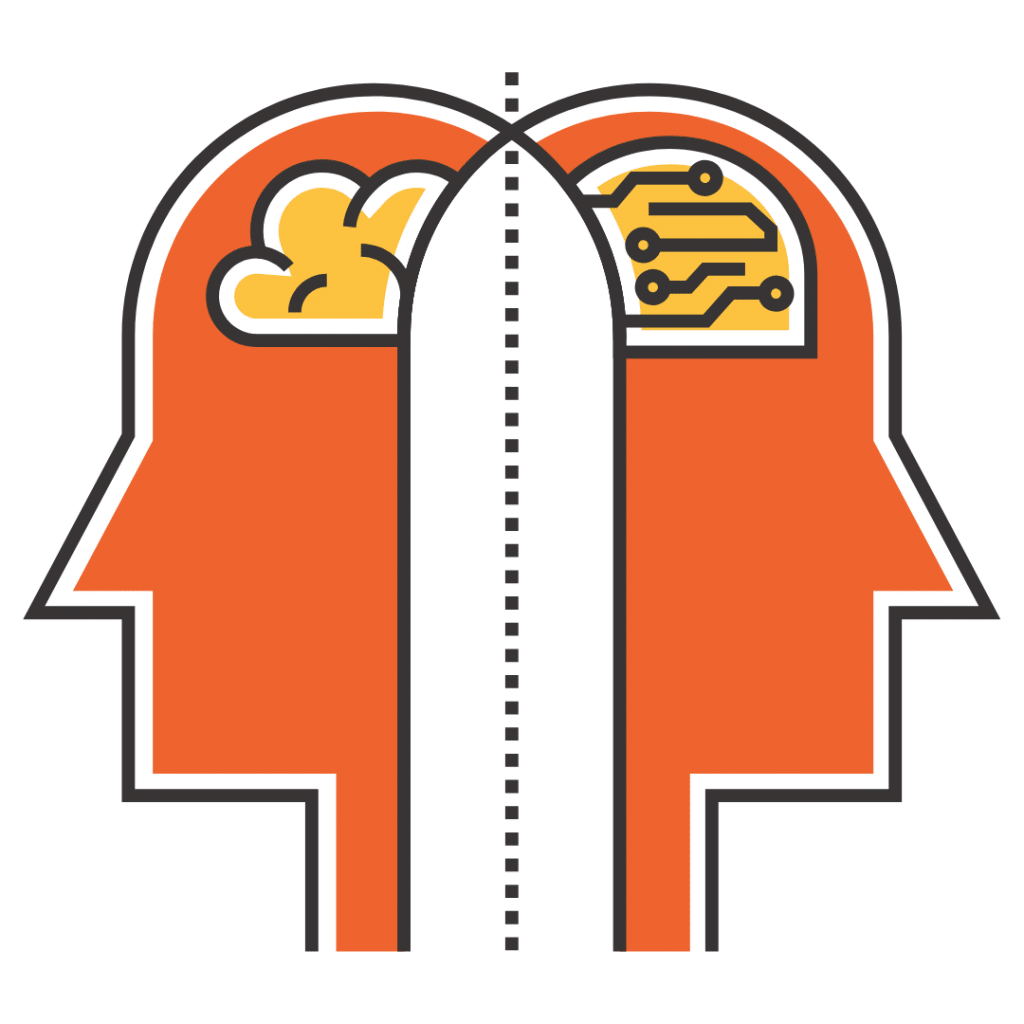
AI and Its Role in the Displacement of Human Workers
If you’re concerned about AI displacing humans, you should think twice about what’s really concerning you. Humans are inherently limited in the way that we can process information but we can program machines to do the work we can’t. We might be bound by cognitive limits but AI can help us.
AI can’t rightly displace human workers given that workers need to be able to interpret the data AI processes.
AI can help us understand ourselves and the world around us. They say the smartest people know exactly how little they know about the world. This is most especially true when you consider how much data AI can both create and understand.
Soon enough, machine and human intelligence will become more of a hybrid than living along two parallel lines. These tools are an extension of our brains but they can feedback. There’s no need to worry that we won’t need more humans to work with these machines even if we can’t imagine how they’ll work together today.
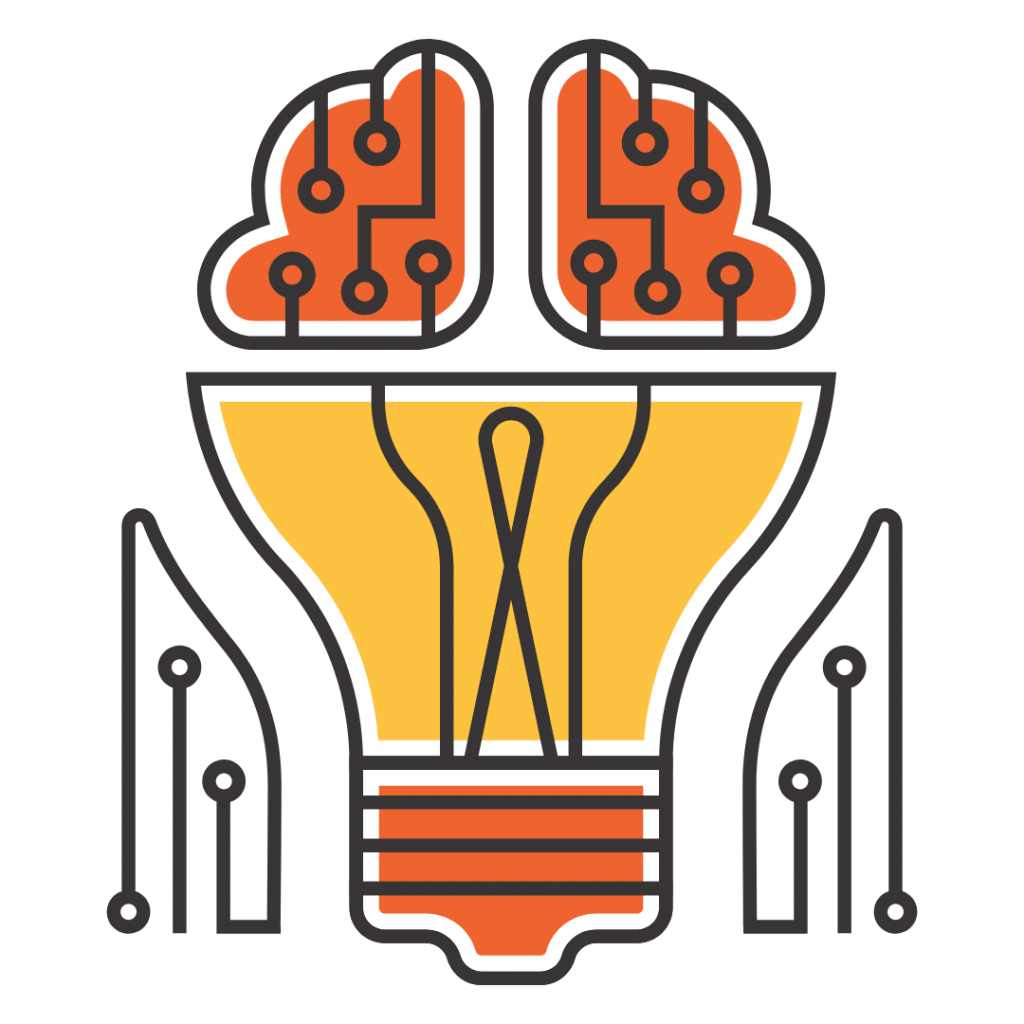
AI and Smart Devices
In ten years, AI will be part of our bodies and brains, whether literally or figuratively. AI will be able to scan our bodies and predict what we’ll need in the future through medicine. Implants might be able to read and transmit information about what we need to medical professionals.
Just as Siri and smart home devices have become companions to us in our productivity, we’ll see more products like this in the future. AI devices and tools will follow us around to help whether through assistive technology or to complete automated tasks at home. Why go out to mow the lawn on a hot day when the smart mower can do it all on its own?
All the while, smart devices will be collecting information and communicating it to companies. Not only will companies be creating departments to deal with this data but they’ll also be selling this data to everyone else. It can help to improve marketing as well as to increase the quality of products and services.
Smart devices will be able to display and visualize information that’s both globally and personally relevant.

Artificial Intelligence in Media and Content
As the quality of artificial intelligence improves, the difference between biological intelligence and the synthetic is becoming blurry. For the next few years, don’t expect there to be too much interaction. However, soon enough, there will be content that’s created specifically by AI for popular consumption.
While it might seem scary, it’s important to consider that AI can process powerful insights better than most people. They’ll be able to process complex data sets, historical information, and to innovate how stories are told. We might even see films and television created with the aid of AI
The best human content creators use intuition to understand and predict trends. They come up with concepts to help information resonate with audiences. The ones who are successful know how to communicate in a way that algorithm might not be able to yet.
Tone is one of the biggest hurdles of content creation in the future. However, data will continue to be visualized in all of these contexts and used even more common than it is today.
The infographic will become one of the most powerful tools in media and content.
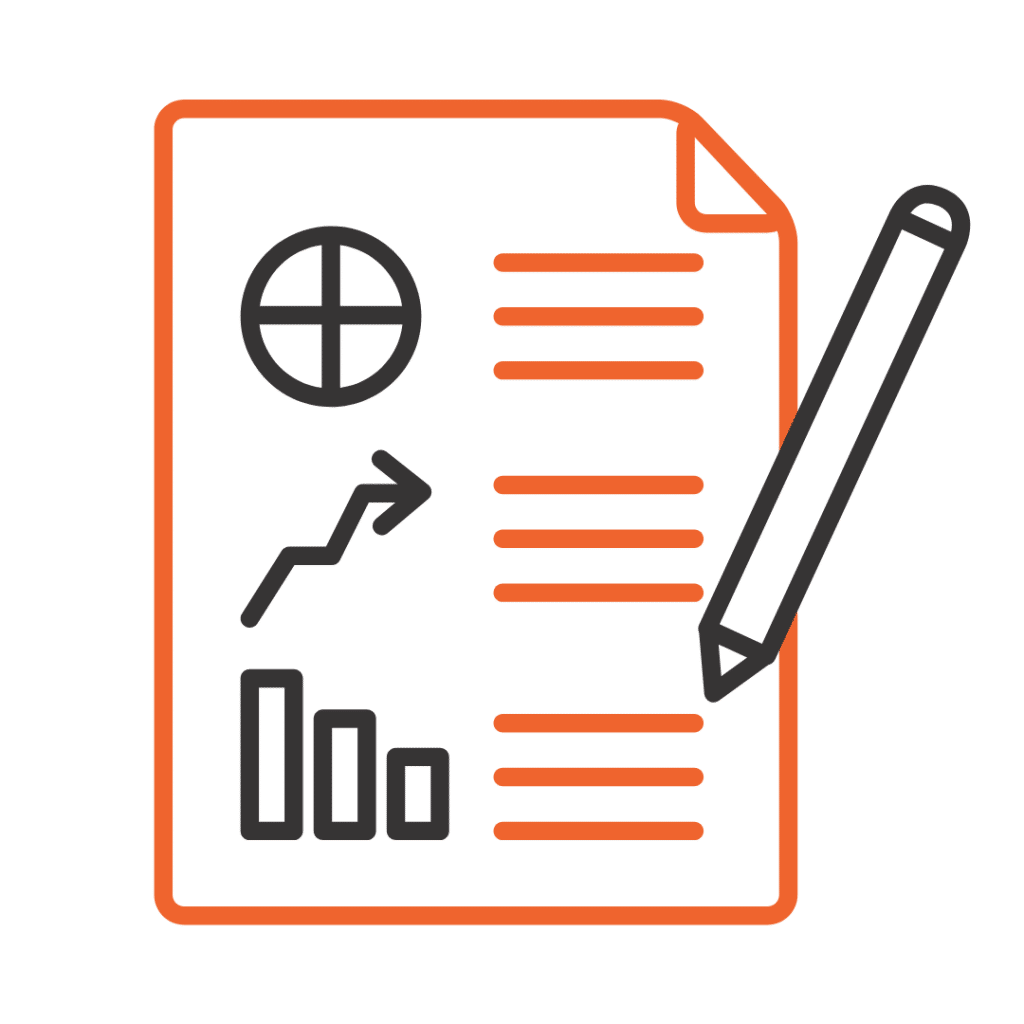
Mistakes Are Data Too
When we’re talking about data, we’re not just talking about successfully proven hypotheses. We’re also talking about the kind of information that you didn’t expect, that contradicts, or which undermines your work. Mistakes or “bad data” might be frustrating to deal with, but they’re part of the process.
Data proves you wrong from time to time.
It lags behind how reality changes, which is why most data isn’t right forever. Data is only right for a short period.
If you don’t like what the data is saying, don’t say that it’s wrong. It might be that your measurements were from the past. However, AI can change all of that.
Using complex historical trends, AI can make predictions about the future like never before. While it won’t set your fate, it can tell you what to expect if things continue down the path that they’re on.
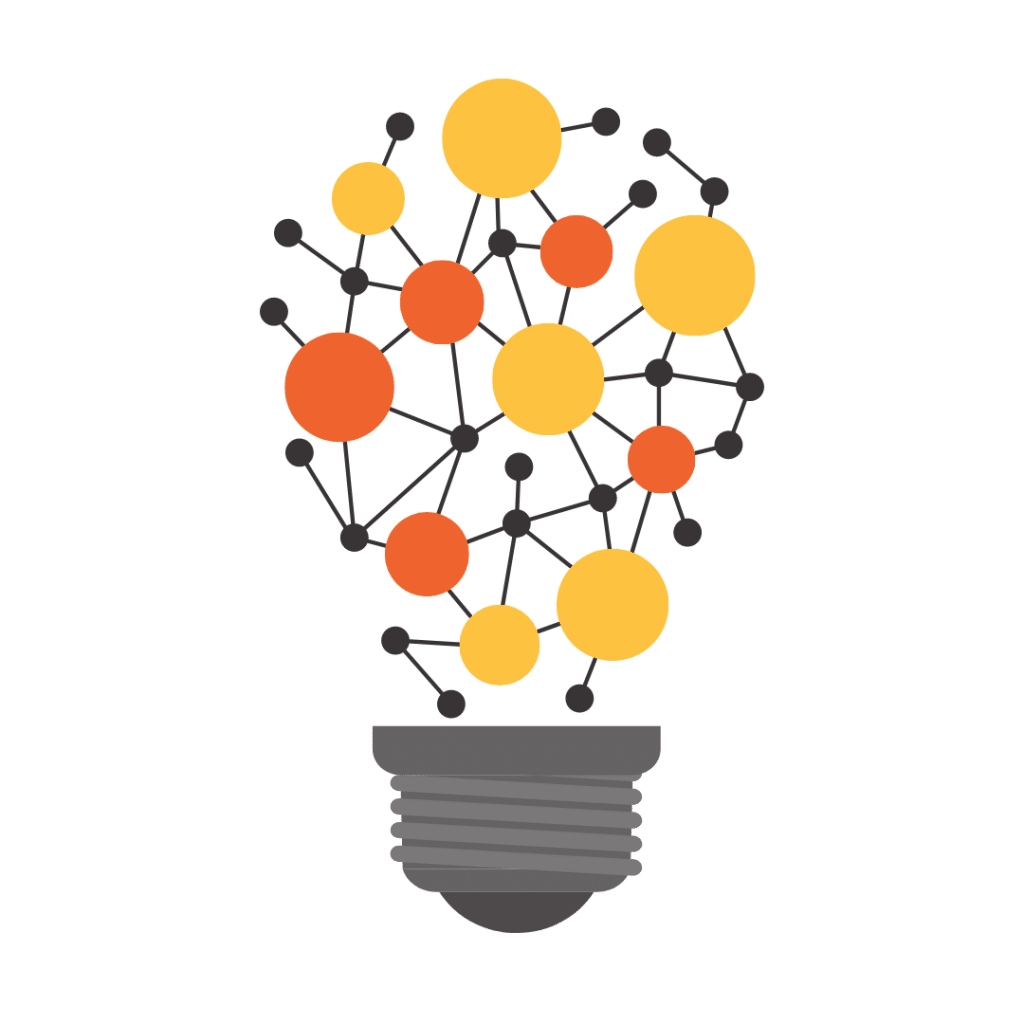
Understand Where Innovation is Happening
If you’re looking to either vet new data scientists or talking to aspiring ones, consider the power of neuroscience. The use of big data and its innovations are occurring at the point where neuroscience interacts with computer skills.
Artificial Intelligence has traditionally started with engineering and then has included statisticians. However, it’s important to consider the power of moving in the opposite direction.
AI data science is going to change a lot in the coming years but the best way to prepare is to know how the brain works. Brain modeling is the next great frontier in the world of data science and AI. Once we get over that hill, we’ll see massive changes in the way that AI interacts with business, education, and every other industry.
Over time, data visualization will be in just about every industry. This data will be powerfully based on more relevant cognitive information than ever before.

Robot Reasoning Will Improve
Robots lack a conceptual understanding of the world. If we can get them to understand the world in this way, we can start to expect more out of them. They can be taught to do things without having to provide them with data outlining every possible scenario.
Artificial general intelligence for robots needs to get them to generalize from just a few examples. Developing artificial general intelligence for robots is a massive hurdle but the one we’re most likely to see tackled in coming years.
Right now, robots can be outsmarted with those online CAPTCHA tools that we use to differentiate between robots and human users. These are simple for humans to solve and challenging for computers and robots. This should clue us all into how far off we are from robot reasoning.
It’s starting to be possible for robots to get through CAPTCHAs but it takes massive computing power and deep neural networks. To give robots a human-like understanding of the world will be a major frontier in the world of AI.

Higher Intelligence with Lower Data Demands
In factories and manufacturing facilities around the world, smart facilities are looking to get their machines to learn without a lifetime of data. In order for a complex process to be carried out properly, machines need to see lots of scenarios, as stated above. These data-hungry approaches to creating smart machines are very inefficient.
Using top-down Artificial Intelligence, complicated processes can be described to machines. It requires less data and can be internally managed via the interplay of numerous factors.
Bottom-up machine learning required machines to work for many years just to get the data to train the machine. AI can be connected to these machines to use previous data and process things very quickly.
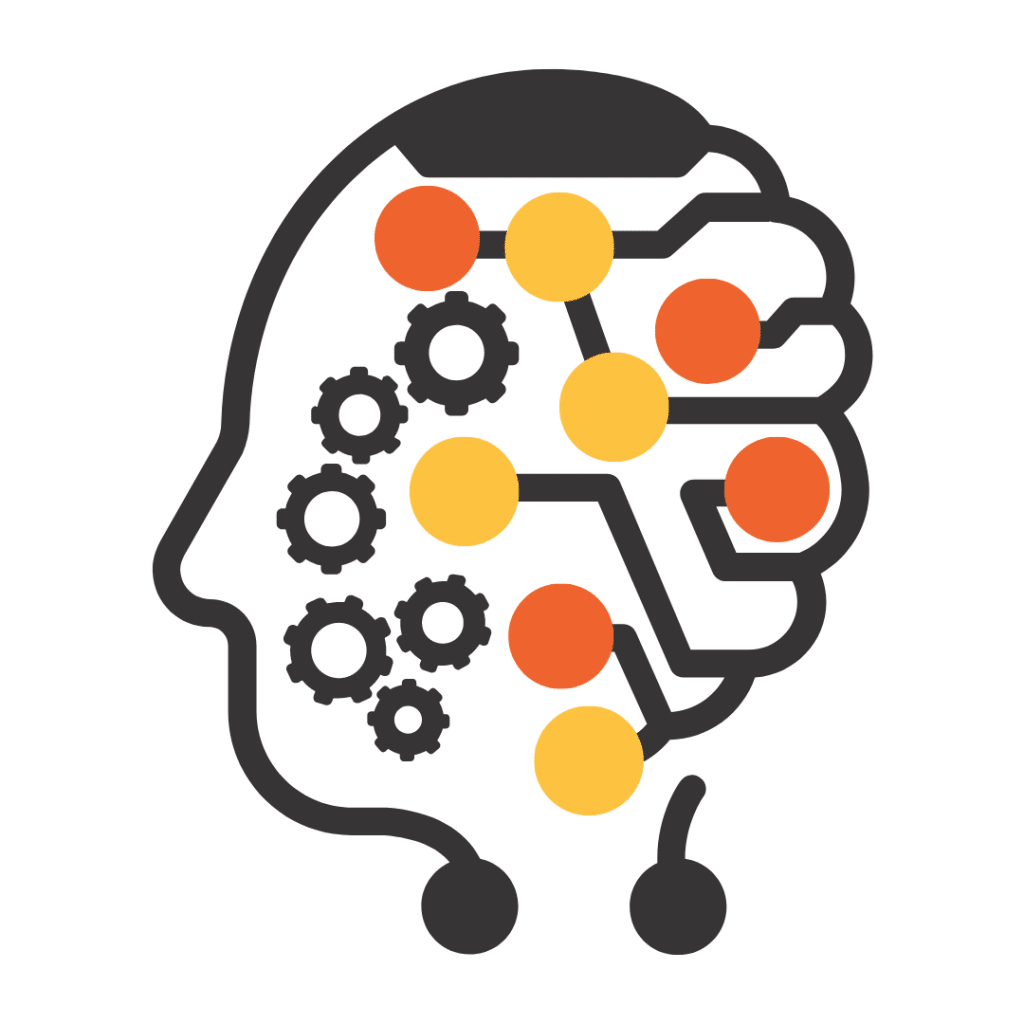
Machines Will Have Common Sense
While it might seem kind of silly to say, common sense is what AI needs to offer to machines. Thankfully, a lot of organizations understand the potential of using common sense. They need to know about everyday objects, natural communication, and to be able to work through unforeseen circumstances.
We take these things for granted on a day to day basis but we learn from our experiences. We will need our AI to be able to do that with our data. Simple thoughts, actions, and concepts that we consider to be obvious don’t compute with current AI.
Asking a machine what you should eat for dinner could come up with a list of suggestions based on your location. Asking whether or not you’ll like the food as much as you did the last place you ate at could fry the circuits.
Data scientists and analytics researchers are working on untangling ambiguities. If AI can come up with a strong response to possible scenarios based on common sense and context, we’ll see them propagate everywhere. By tackling diverse forms of knowledge and inference, our machines will become a lot smarter.
The Future Impact of AI Will Be Exciting
While we can predict and understand some of the ways that AI will influence data, much of it will surprise us. The future impact of data visualization will be exciting, so it’s important to build data departments in every industry.
If you’re looking for the perfect business intelligence tool to start visualizing your data, we can help. Check out our latest guide.
See how we can help you with AI, data analytics and visualization.
Check out our portfolio or request a demo. Think our services are a match for you or want to see a demo? Contact us!
